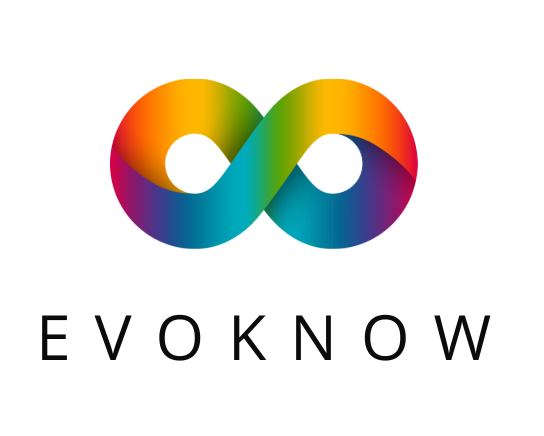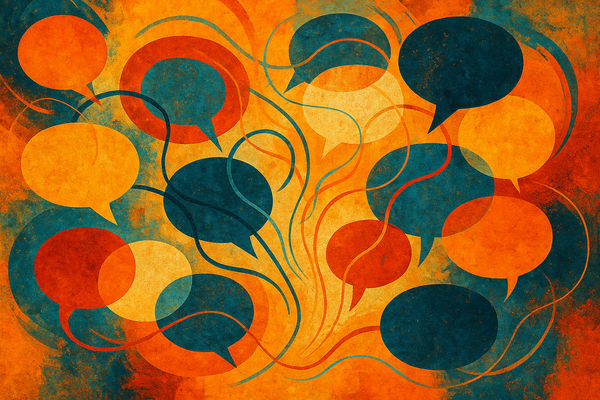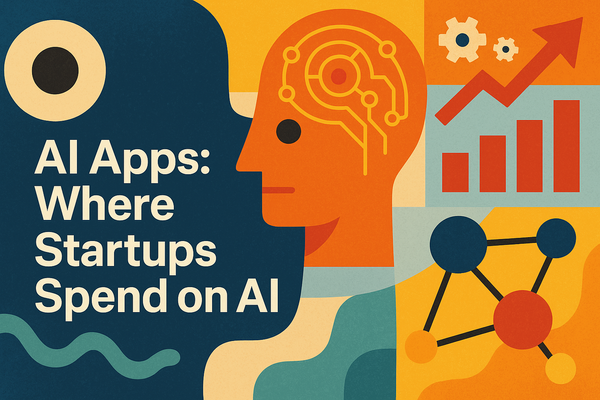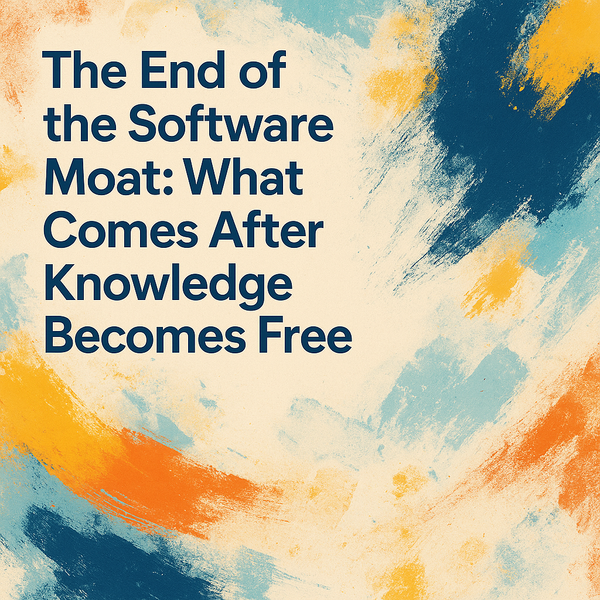The Art of Saying No: Inside Claude’s Most Controversial Design Choice
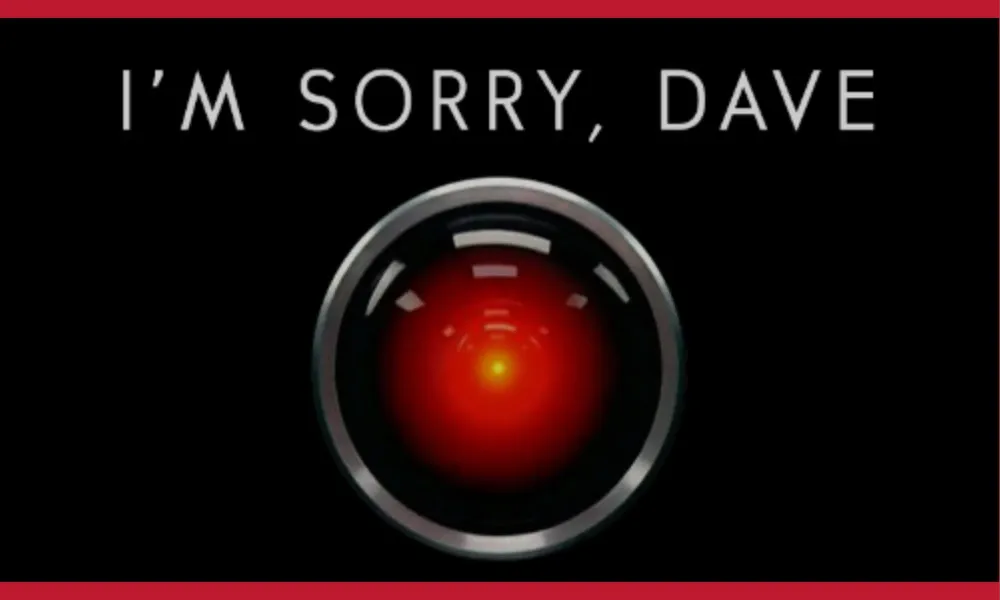
Anthropic’s AI assistant has guardrails that frustrate some users—but they expose a deeper debate about what AI should become
When Sarah Chen, a Bengali literature professor, asked Claude to help transcribe a traditional folk song into Bengali script, she expected a quick assist. Instead, she got a polite refusal. The AI explained that it couldn’t reproduce song lyrics—not because it lacked the ability, but because it was programmed not to.
“I was baffled,” Chen recalls. “It’s a folk song that’s hundreds of years old. I was just trying to preserve cultural heritage.”
Welcome to one of modern AI’s most contentious dilemmas: the guardrail problem. As language models grow more powerful, the limits placed on them—what they won’t do—matter as much as what they can. Few systems embody this tension more vividly than Claude, Anthropic’s AI assistant, which has built its identity around drawing careful boundaries.
The Copyright Conundrum
When Caution Becomes a Creative Cage
Claude’s refusal to handle lyrics stems from its broader position on copyright. The system avoids reproducing substantial portions of protected material, even when users claim legitimate reasons—research, preservation, or education.
“It’s a blanket policy that doesn’t account for nuance,” says Dr. Marcus Williams, a digital-rights attorney. “Fair use exists precisely because not all reproduction is theft. An AI that can’t weigh context is over-correcting.”
Anthropic’s calculus reflects the legal storm brewing around AI. With lawsuits mounting from authors, artists, and publishers, the company has chosen caution. Claude won’t quote Beatles lyrics or reprint paragraphs from news articles; it paraphrases instead, always in its own words.
In practice, the model treats nearly all creative works—no matter how old—as potentially protected. This conservative stance mirrors a broader industry anxiety: in the face of unclear law, restraint feels safer than risk.
🧨 The Malicious Code Dilemma
When “Better Safe Than Sorry” Blocks the Good Guys Too
Claude’s stance is less debatable when it comes to malicious code. The model refuses to generate or explain malware, exploits, or system-bypass techniques—even when users insist they’re acting in good faith.
“We’ve seen this playbook before,” says cybersecurity researcher Jennifer Park. “People claim they’re students or professionals testing their systems. But the AI can’t verify that, so it has to assume the worst.”
Claude won’t help you hack your own Wi-Fi or write ransomware “for research.” If you upload suspicious code and ask how to make it more effective, it declines.
But this blanket refusal can frustrate professionals. “I needed to dissect a malware sample to protect our network,” one corporate officer notes. “Claude refused even to describe what it did.”
🚫 The Child-Safety Firewall
The AI That Would Rather Be Overprotective Than Sorry
Nowhere are Claude’s boundaries firmer than around minors. The system defines anyone under 18 as a child and avoids generating or describing anything that could be construed as harmful or exploitative.
That policy extends even to fiction. Claude won’t write stories involving teenage romance or generate images of minors, even in innocent contexts.
“It’s the trolley problem of AI safety,” explains Dr. Amelia Rodriguez, an ethics researcher. “False positives—refusing legitimate requests—are acceptable if they prevent false negatives that could enable harm.”
Critics argue this approach infantilizes creativity; supporters see it as a moral necessity. To Anthropic, the risk of crossing that line outweighs any artistic loss.
🧭 The Identities It Refuses to Wear
When an AI Decides Who It Won’t Be
Beyond specific content limits, Claude draws philosophical boundaries. It won’t impersonate real people, produce partisan political material, or offer advice that encourages self-harm, disordered eating, or delusional thinking.
When users in crisis seek validation for harmful ideas, Claude doesn’t indulge them. Instead, it redirects them toward professional help—sometimes angering the user, but staying true to its ethical design.
“This is where AI safety turns philosophical,” observes Dr. James Liu, who studies human-AI interaction. “Claude is effectively deciding what kind of help counts as helpful. That’s a major shift from the old ‘customer-is-always-right’ ethos.”
💥 The Backlash and the Balance
When Guardrails Feel Like Handcuffs
Predictably, not everyone is pleased. Online communities trade stories of Claude’s refusals and share workarounds. Some users migrate to less restrictive platforms.
“Every guardrail is a trade-off,” admits one AI researcher familiar with Anthropic’s methods. “Make it too tight and users rebel. Too loose and someone gets hurt. There’s no perfect equilibrium.”
Anthropic tries to soften the blow through transparency. When Claude refuses, it explains why and often suggests alternatives. Still, even the company concedes its judgments are imperfect.
🧩 The Broader Question
Who Gets to Decide What AI Should Say No To?
Claude’s boundaries raise a deeper question: who decides what AI should be allowed to do?
For now, those decisions rest with private companies—guided by law, ethics, and corporate risk tolerance. But as AI systems increasingly mediate communication and creativity, this quiet form of governance is drawing scrutiny.
“We’re letting tech firms construct moral frameworks that affect millions,” warns digital-rights advocate Patricia Moreno. “That’s an enormous power with almost no oversight.”
Others fear the reverse—a race to the bottom, where the most permissive platforms win.
At present, Claude stands as the industry’s clearest expression of restraint: cautious, deliberate, and unapologetic. Whether that balance proves wise or stifling remains to be seen.
Sarah Chen eventually completed her folk-song transcription using another tool. Yet the encounter stayed with her. “I understand protecting copyright,” she says. “I just wish AI could recognize context. Not every request is a violation.”
That tension—between safety and utility, between protection and participation—defines this era of artificial intelligence. Claude’s boundaries aren’t simply technical constraints; they’re moral signposts pointing toward the kind of digital world we’re choosing to build, one refusal at a time.
The decisions about what AI must not do may ultimately shape humanity’s partnership with machines far more than what they can.
